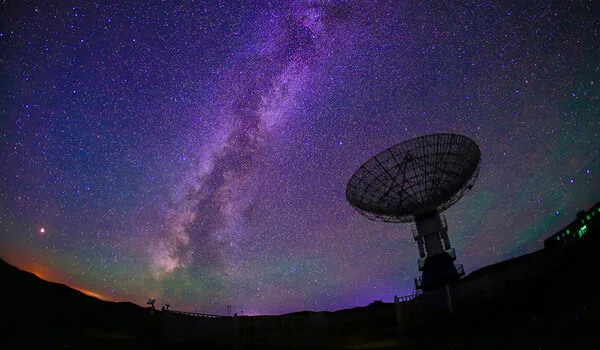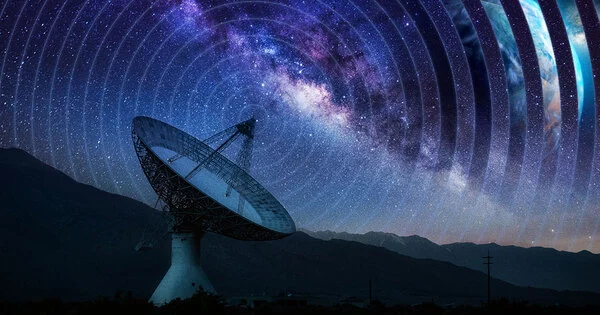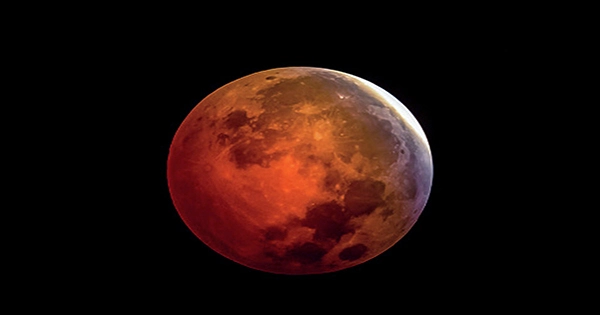Scientists study distant stars and galaxies using powerful telescopes both on Earth and in space. The famous Hubble Space Telescope, which for the first time revealed the cosmos in great detail, will be replaced soon by the even more powerful James Webb Space Telescope. Meanwhile, the Kepler spacecraft has scoured a region of our galaxy for other planets.
An Earth-like planet appears to have no atmosphere as it orbits an M dwarf, the most common type of star in the universe. This discovery has the potential to significantly alter the search for life on other planets. Because M-dwarfs are so common, this discovery implies that a large number of planets orbiting these stars may also lack atmospheres and thus are unlikely to harbor life.
The work that led to the revelations about the no-atmosphere planet, named GJ 1252b, are detailed in the Astrophysical Journal Letters. This planet orbits its star twice during the course of a single day on Earth. It is slightly larger than Earth, and it is much closer to its star than Earth is to the sun, making GJ 1252b intensely hot as well as inhospitable.
“The pressure from the star’s radiation is immense, enough to blow a planet’s atmosphere away,” said Michelle Hill, UC Riverside astrophysicist, and study co-author.
It’s possible this planet’s condition could be a bad sign for planets even further away from this type of star. This is something we’ll learn from the James Webb Space Telescope, which will be looking at planets like these.
Michelle Hill
The sun also causes Earth to lose some of its atmospheres over time, but volcanic emissions and other carbon cycling processes help to replenish what is lost, making the loss barely noticeable. However, as a planet gets closer to a star, it can’t keep replenishing the amount lost.
This is Mercury’s fate in our solar system. It does have an atmosphere, but it is extremely thin and composed of atoms blasted off its surface by the sun. The planet’s extreme heat causes these atoms to escape into space.
To determine that GJ 1252b lacks an atmosphere, astronomers measured infrared radiation from the planet as its light was obscured during a secondary eclipse. This type of eclipse occurs when a planet passes behind a star and the planet’s light, as well as light reflected from its star, is blocked.
The radiation revealed the planet’s scorching daytime temperatures, which are estimated to reach 2,242 degrees Fahrenheit – hot enough to melt gold, silver, and copper on the planet. The heat, combined with the researchers’ assumed low surface pressure, led them to believe there is no atmosphere.
Even with massive amounts of carbon dioxide, which traps heat, the researchers concluded that GJ 1252b would be unable to maintain an atmosphere. “The planet could have 700 times the amount of carbon that Earth does and still not have an atmosphere. It would build up at first, then taper off and erode away “UCR astrophysicist and study co-author Stephen Kane said.

M dwarf stars tend to have more flares and activity than the sun, further reducing the likelihood that planets closely surrounding them could hold on to their atmospheres.
“It’s possible this planet’s condition could be a bad sign for planets even further away from this type of star,” Hill said. “This is something we’ll learn from the James Webb Space Telescope, which will be looking at planets like these.”
Hill’s work on this project was supported by a grant from the Future Investigators in NASA Earth and Space Science and Technology program. The research was led by Ian Crossfield at the University of Kansas. It included scientists from UC Riverside as well as NASA’s Jet Propulsion Laboratory, Caltech, the University of Maryland, Carnegie Institution for Science, Max Planck Institute for Astronomy, McGill University, the University of New Mexico, and the University of Montreal.
There are 5,000 stars in Earth’s solar neighborhood, the vast majority of which are M dwarfs. Even if planets orbiting them are ruled out, there are approximately 1,000 stars similar to the sun that may be habitable.
“If a planet is far enough away from an M dwarf, it may be able to keep its atmosphere. We cannot yet conclude that all rocky planets orbiting these stars will suffer the same fate as Mercury” Hill stated. “I’m still optimistic.”
















